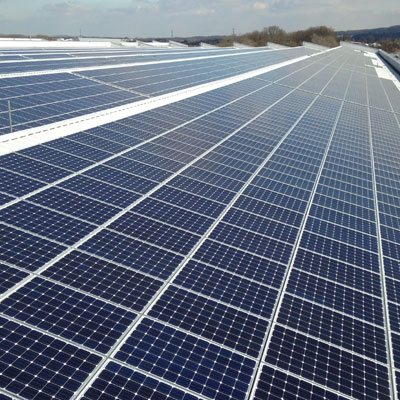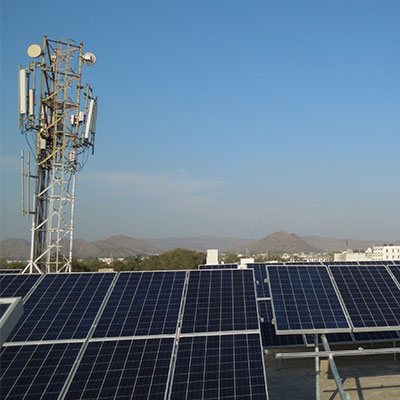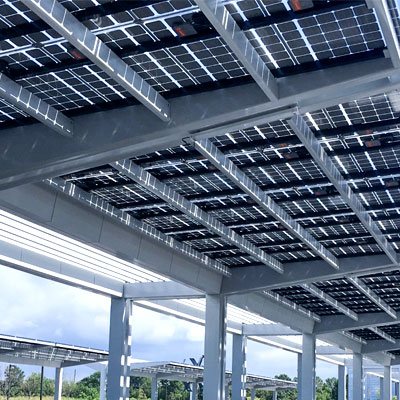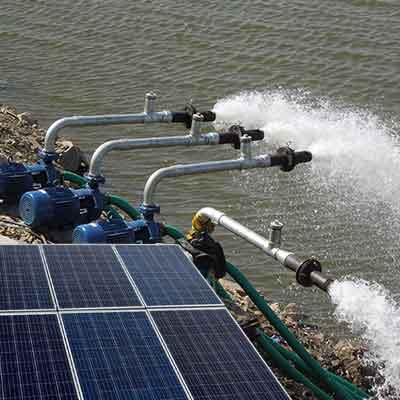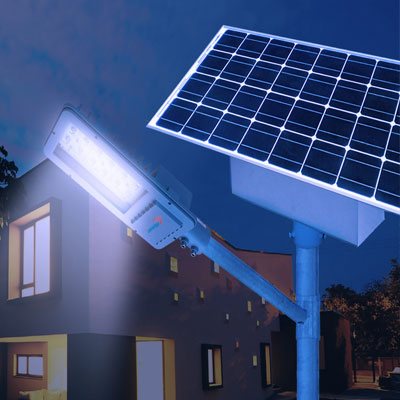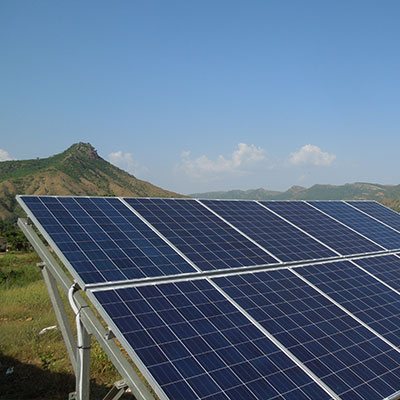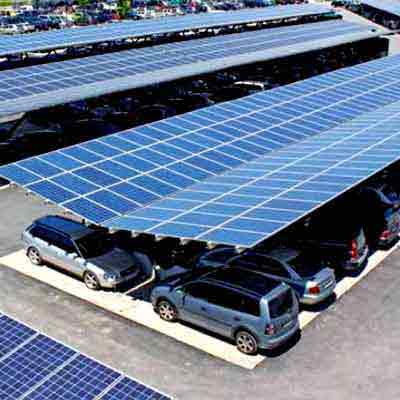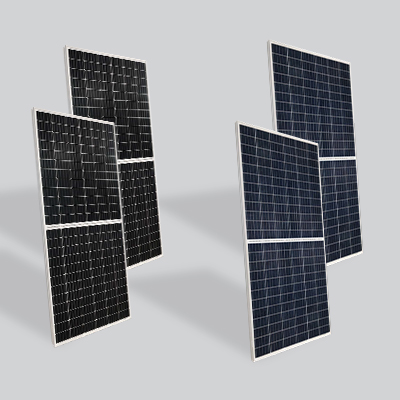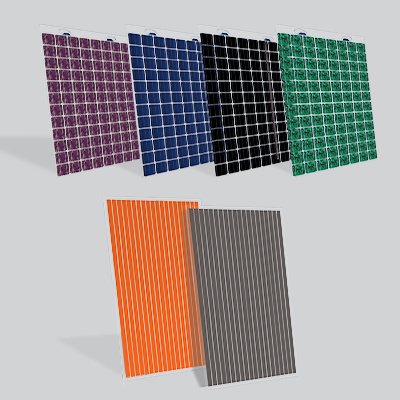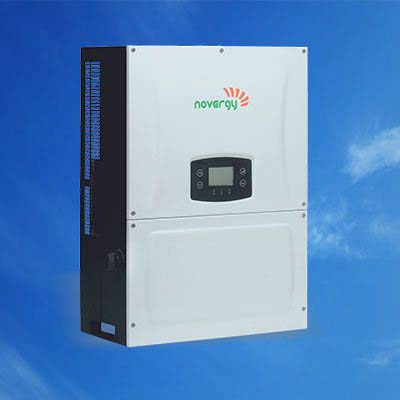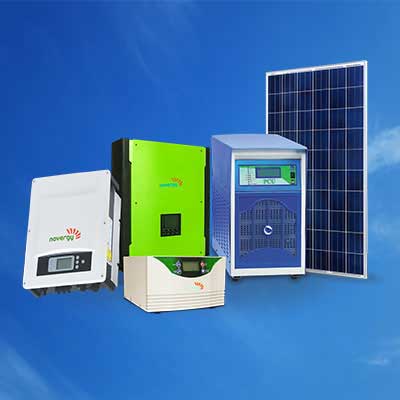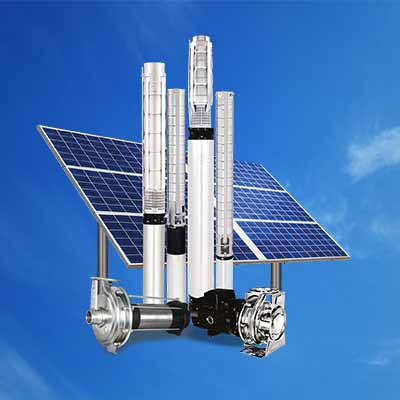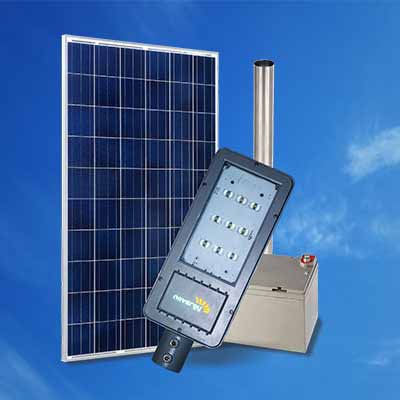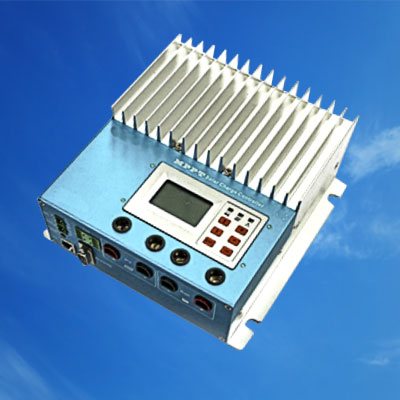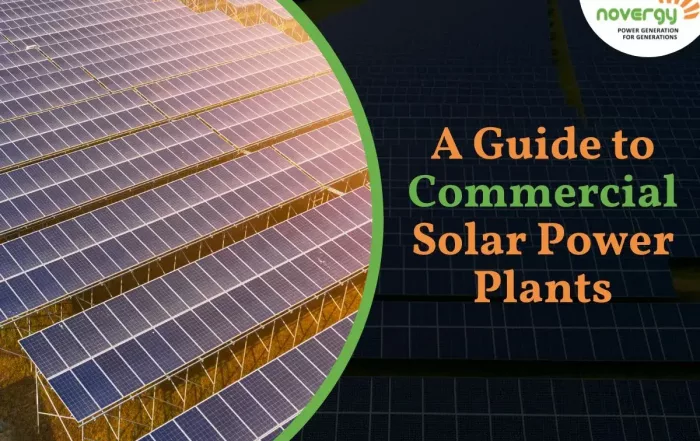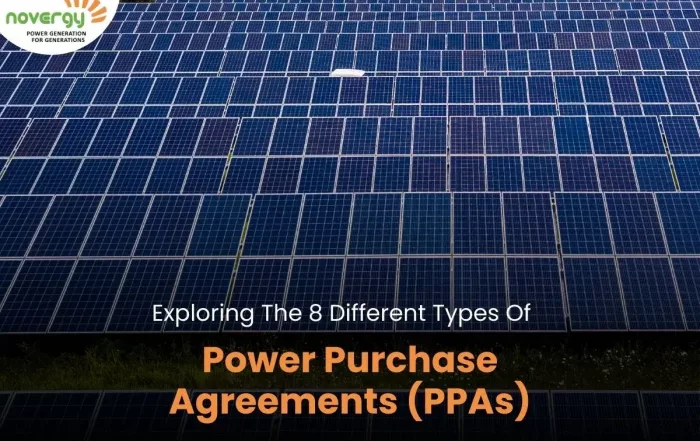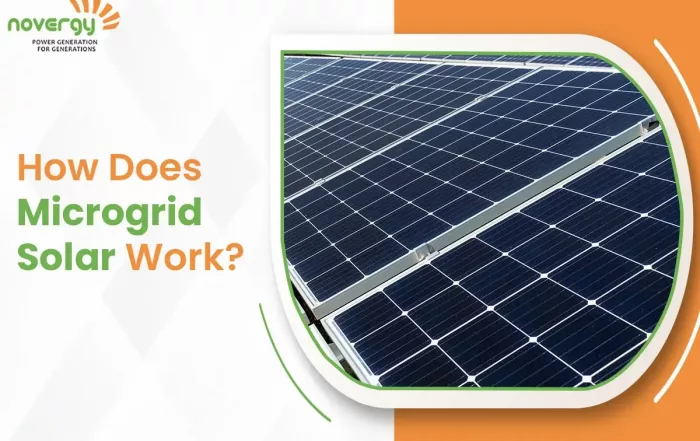ABOUT NOVERGY SOLAR
Novergy solar has been offering a range of solar solutions across the globe for nearly 16 years. We have the best and most reliable solar technology in the industry with various International and National bodies certifying, accrediting and approving our products and company. This is also the reason that our systems deliver the best energy output for the same rating of solar capacity. At present time, Novergy is the leading solar panels manufacturer company in India and beyond.
Being an integrated player that covers the total chain of design, engineering, manufacturing, supply, installation, and commissioning delivers an excellent customer experience which is reflected in our project execution and performance track record.
Novergy offers a range of solar energy solutions that include power plants, rooftop, and captive power systems, solar panels, solar lighting solutions, pumping solutions, solar telecom systems, solar microgrid, solar genset hybrid systems, etc. Our team believes in carefully analyzing each project requirement and then providing the most appropriate solution in the interest of the customer.
A true test of the reliability of the products and systems is seen in the fact that despite having solutions in very diverse and harsh field conditions, Novergy has a NIL replacement record for the solar modules. We believe in thoroughly analyzing our client requirements and then providing the most appropriate and reliable solutions to our clients resulting in the highest customer satisfaction. We deliver solar energy products with high standards through our reliable quality and assurance during our solar panel’s manufacturing process.
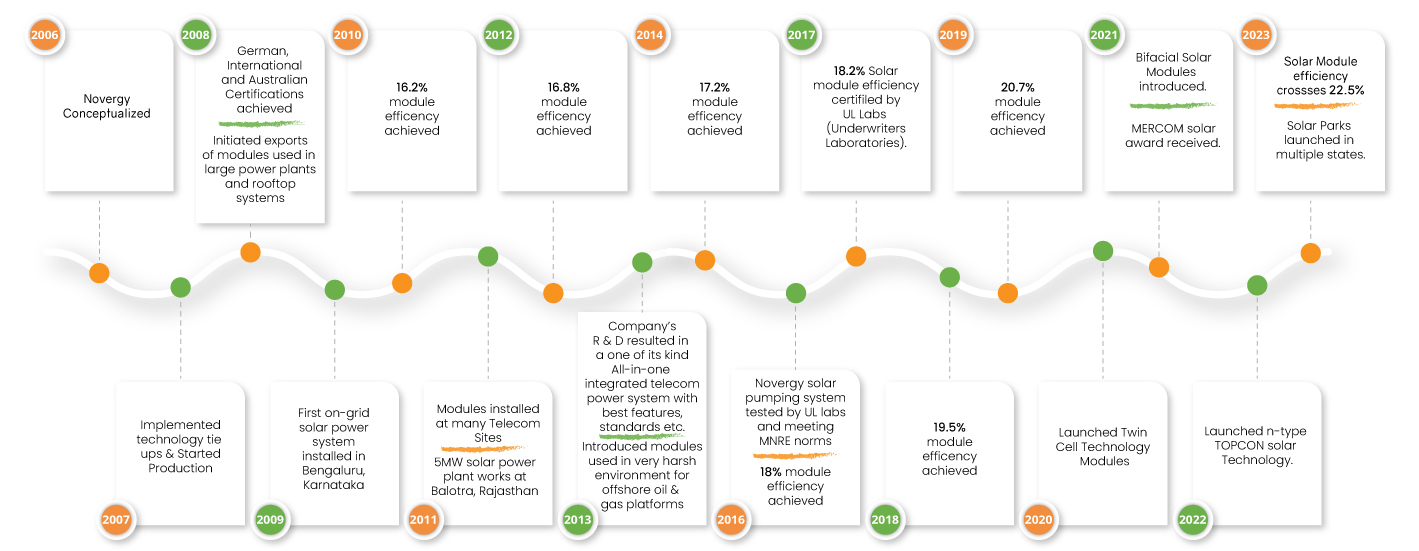

LATEST BLOG POST
A Guide to Commercial Solar Power Plants
In recent years, there has been a noticeable shift towards sustainable energy solutions, driven by both environmental concerns and economic incentives.
One of the most promising avenues in this regard is […]
Exploring The 8 Different Types Of Power Purchase Agreements (PPAs)
Power Purchase Agreements (PPAs) have become essential tools in the ever-changing energy procurement landscape for companies looking to ensure a reliable and affordable energy supply.
Enterprises must have a basic understanding of […]
Solar Microgrid: How Does Microgrid Solar Work?
In our ever-evolving quest for sustainable energy solutions, solar microgrids have emerged as a beacon of promise. But what exactly are they, and how do they function? Join us on an illuminating […]



